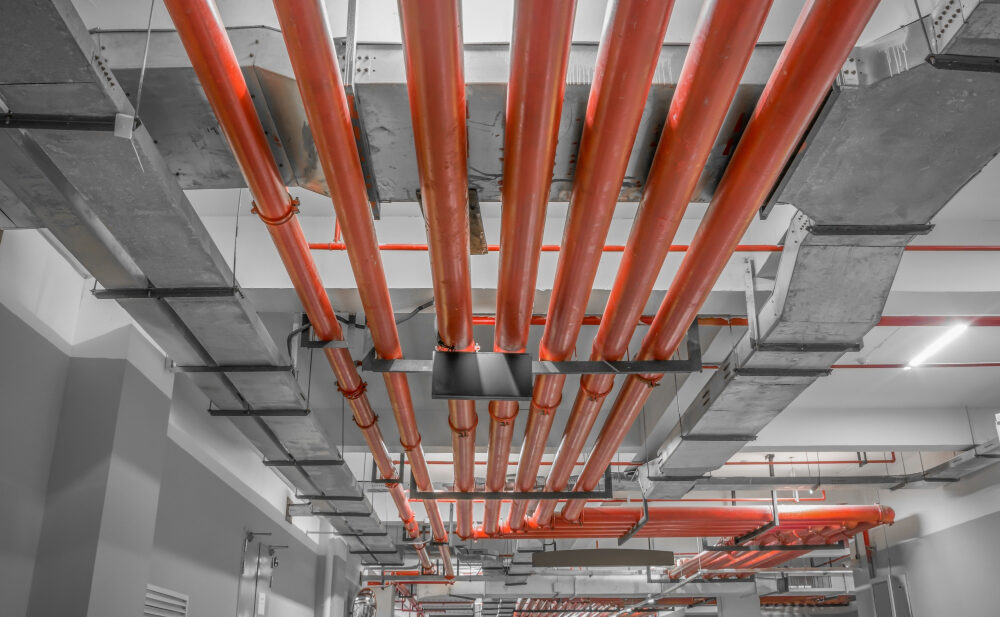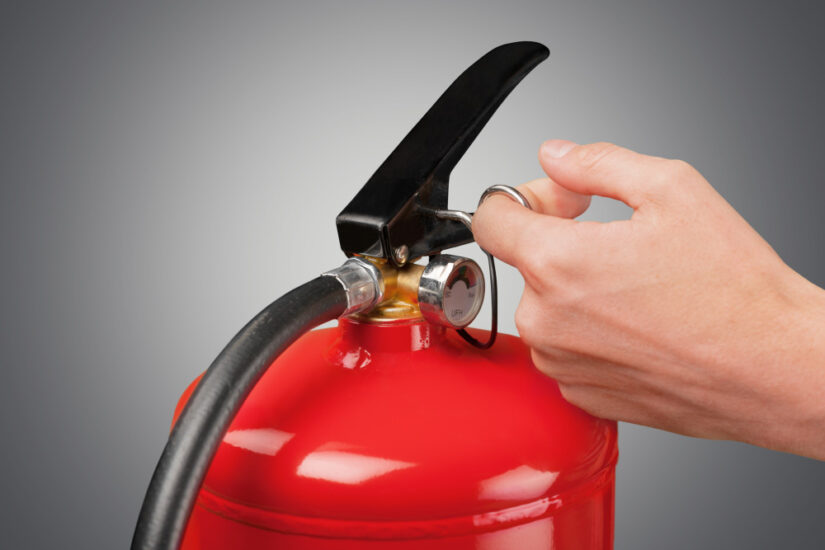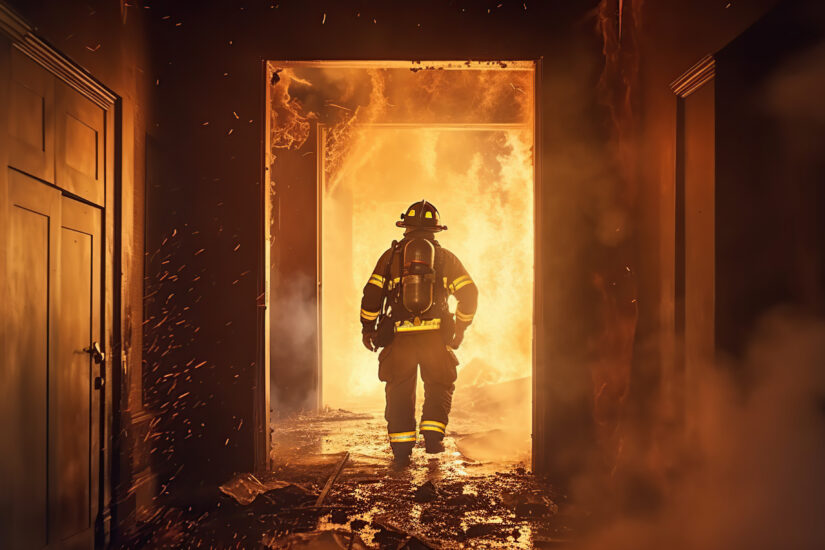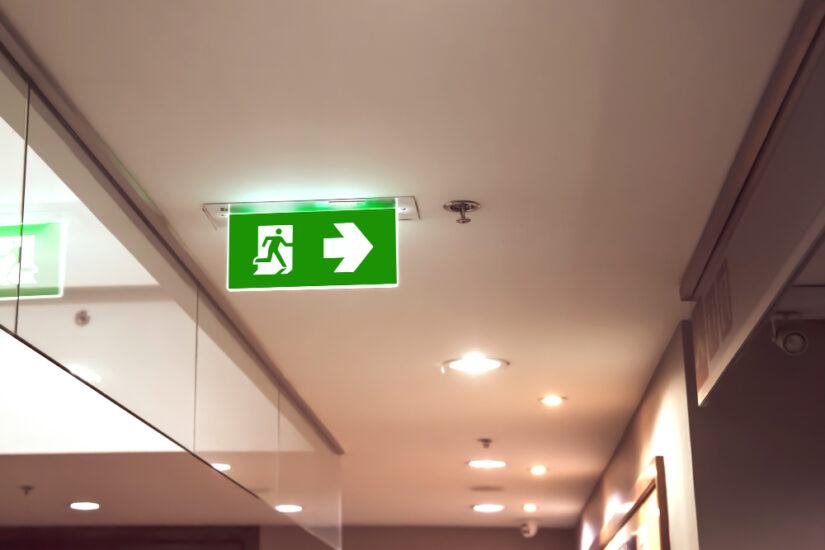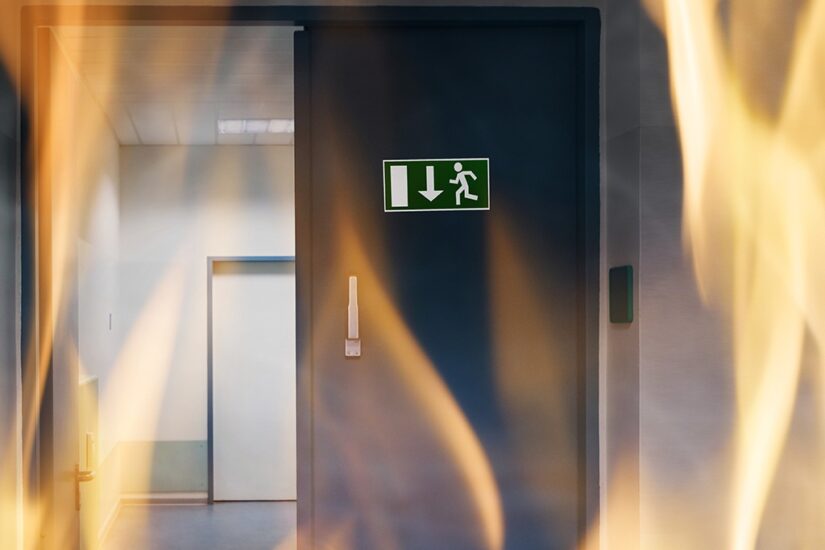If you’ve ever wondered what fire compartmentation is, it’s a key strategy in building safety that helps contain fire and smoke within specific areas of a building. Fire compartmentation involves creating fire-resistant sections using walls, floors, ceilings, and doors that can withstand fire for a set period. These compartments give occupants time to evacuate safely and provide firefighters with a controlled environment to tackle the blaze, helping to protect both lives and property.
Why Fire Compartmentation Matters
The importance of fire compartmentation cannot be overstated. By keeping a fire contained in one section, the spread to other parts of the building is slowed or prevented, significantly reducing the risk to occupants and property. This containment also provides crucial extra time for evacuation, ensuring that people can escape safely.
For firefighters, compartmentation allows them to focus on a specific area without the fire quickly spreading throughout the building. Beyond life safety, compartmentation also helps protect the building and its contents, limiting structural damage and financial losses. These benefits are particularly critical in larger, complex buildings or those with high occupancy.
How Fire Compartmentation Works
Fire compartmentation relies on a combination of structural and passive safety measures. Fire-resistant walls and floors, typically made of materials such as concrete, brick, or gypsum board, form the backbone of the system.
Fire doors, fitted with special seals and self-closing mechanisms, prevent the passage of flames and smoke between compartments. Additionally, fire-stopping measures seal any gaps around pipes, cables, or ducts using intumescent materials that expand when exposed to heat, maintaining the integrity of the compartment. Strategically placed fire barriers also help to control the movement of heat and smoke, further containing the fire. Regular inspections are essential, as even small breaches in these systems can compromise safety.
Fire Compartmentation and UK Regulations
In the UK, fire compartmentation is guided by clear regulations and standards. Approved Document B provides detailed guidance on fire safety within building design, while Building Regulations set minimum standards to ensure safety during construction.
Additionally, the Fire Safety Order 2005 places a legal duty on the responsible person to maintain fire safety measures, including compartmentation systems. Adhering to these regulations is mandatory, and non-compliance can lead to legal consequences as well as increased risk to occupants.
Learning from Real-World Incidents
The Grenfell Tower fire tragically demonstrated the consequences of failed fire compartmentation. The rapid spread of fire highlighted how critical it is to have effective barriers and properly maintained systems. This incident has prompted renewed attention to fire safety standards, underlining the importance of careful design, quality materials, and ongoing inspection.
Conclusion
Fire compartmentation is essential for protecting lives and property. By containing fire and smoke, it slows the spread of danger, gives people time to evacuate, and allows emergency responders to act effectively.
Buildings are safer when compartments are well-designed, properly constructed, and regularly maintained. For anyone involved in building management or design, understanding and implementing effective compartmentation is a non-negotiable part of fire safety.



